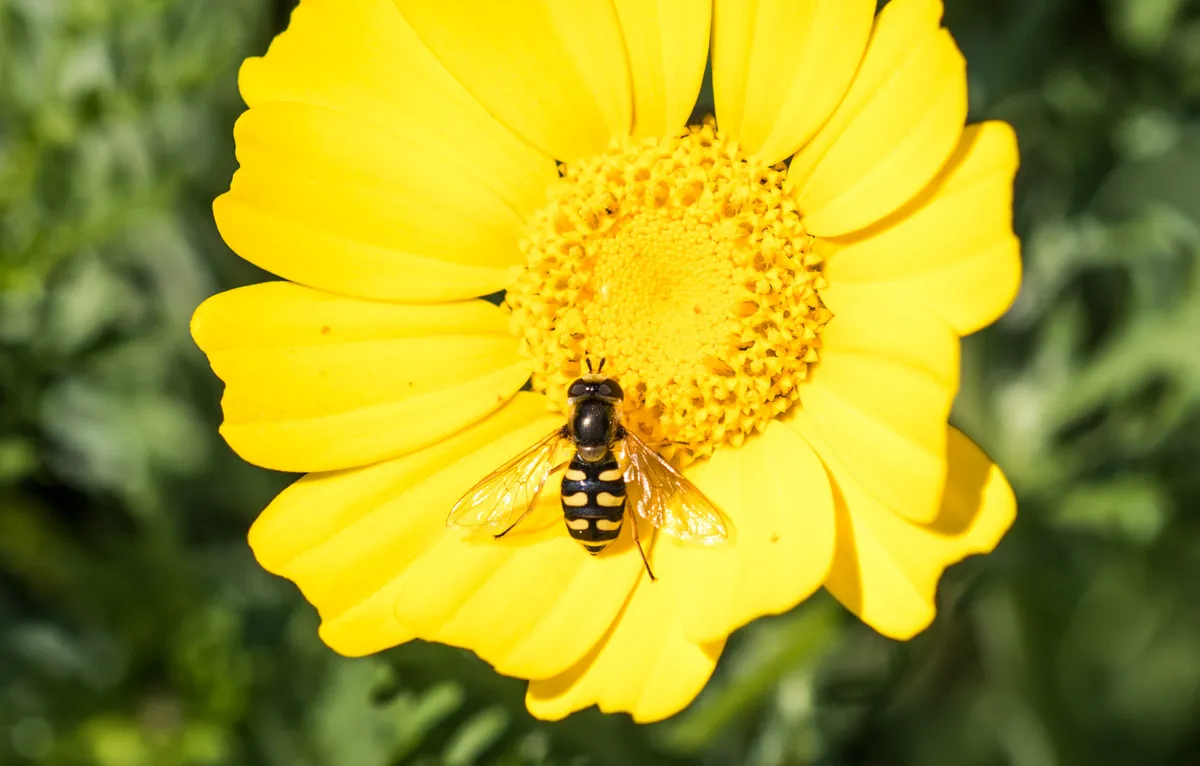Scientists studying migratory hoverflies have found that up to four billion fly to and from Britain each year.
These hoverflies play an important role in providing ecosystem services such as the pollination of crops and the production of larvae which eat up to ten trillion aphids.
Insect migration patterns are much less understood than that of birds, but are a significant aspect of ecosystem health.
Between ten and 25 billion medium and large insects move back and forth out of regions in Britain throughout summer and autumn - improving environments as they migrate.
"As well as their vital pollinating and aphid-eating roles, migrating hoverflies provide food for a range of predators, including birds," says Dr Jason Chapman from the University of Exeter.
“We are net exporters of hoverflies. Each female can lay up to 400 eggs and, though many die as eggs or larvae, the departing population in autumn is larger than that arriving in spring."

The adult hoverflies strategically use powerful tailwinds to travel hundreds of kilometres in a day, and will migrate in spring from Mainland Europe to lay eggs in southern parts of Britain.
A new generation will emerge from these eggs and, once grown, fly back across the English Channel in autumn.
Over the period of the study, there was no obvious decline in abundance of these insects, and so, at a time when most insect numbers are globally decreasing, these migrant hoverflies are able to maintain fundamental ecosystem services.
Main image: Marmalade hoverfly. © Will Hawkes